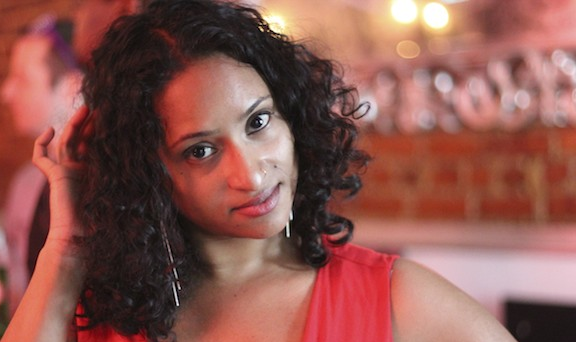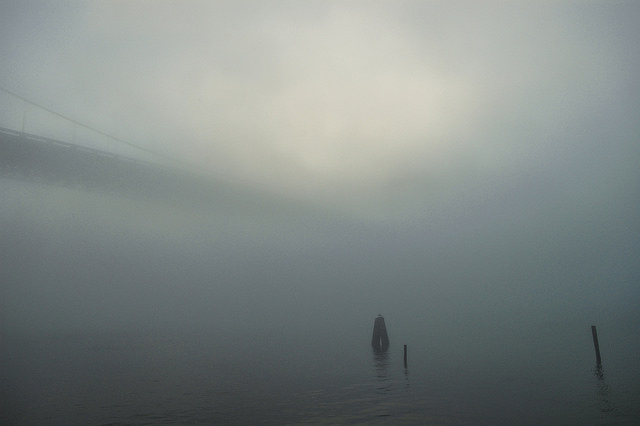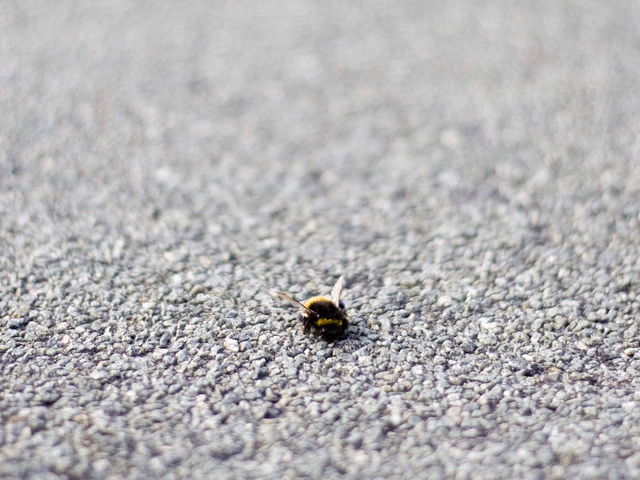A review of Tarfia Faizullah’s debut poetry collection Seam, and an interview with the poet
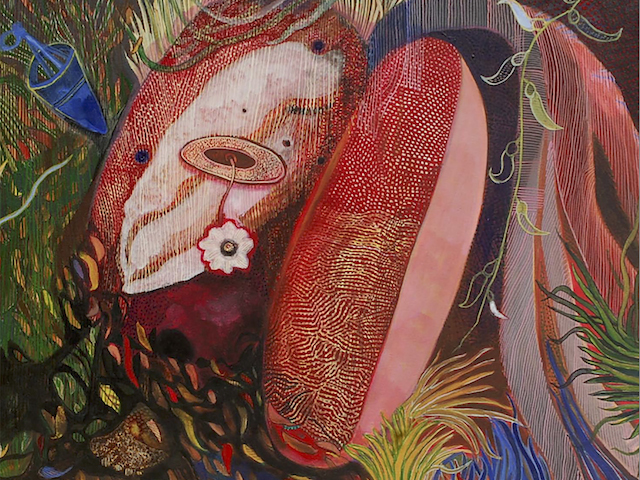
May 28, 2014
This Friday, May 30, come hear Tarfia Faizullah read from her debut collection of poetry at AAWW, along with Sally Wen Mao, R.A. Villanueva, and Cathy Linh Che.
Part 1: The Review
Usually when you write a review of a friend’s book, there is some trepidation, some star-inflation, some leaving out of what you might ordinarily pan. I have little in the way of that for Seam, Tarfia Faizullah’s debut collection of poetry. Full disclosure: Tarfia is a very close friend and I have loved her work since I first encountered it in 2010.
How thin
the seam between
the world and the world
Seam grew out of a series of interviews with the birangona, the rape victims, the war heroines of Bangladesh’s liberation struggles in 1971. The birangona were so named by the Bangladesh government, an honoring and recognition of their trauma, and yet they often live on the margins of society, ostracized by their own families.
Once, she will say, I didn’t
know there was a hollow inside
me until he pushed himself
into it. Once, you learned
that inside you was not hollow
but seam: color of the rim of the river
I can hardly imagine what it would be like to actually engage with these women as Tarfia did while on a year-long Fulbright Scholarship in Bangladesh. Merely reading this slim volume of poems (with a delectable cover painting by Dilara Begun Jolly) was harrowing.
she begins to write about it in third person,
as though it was that simple
to unnail myself from my own body.
Tarfia weaves her own family’s story in with the history of Bangladesh: her grandmother bathing in the pond when the war begins, her parents uneasy immigrants in America, the wild and riverine landscape of Bangladesh crossed with the big sky yellow plains of Texas, haunting memories of her dead sister, her own troubled presence as an interviewer, and of course the voices of the birangona.
If burnt, she said, I’ll turn to ash,
and you wondered if she meant, Who
will touch me as though they never
did? She said, when I remember
my being shatters, and you thought of dusk
The book starts with an interlocking series of poems that foreshadow the interviewer’s journey to Bangladesh. Though the first five poems have such different shapes and sounds, they repeat from within each other, with a single gesture or image or thought. It’s not a call and response exactly, though there is some relation, but perhaps like the way very different people might recognize others in themselves.
Gather these materials:
the afternoon’s uncrowned
ceremonies
The heart of Seam is the conversations with the birangona, and these poems are masterful. Many of them are prefaced with a question. Were there others there? What were your days like? Did you have a child? When each poem starts, it feels like a departure from the question altogether, a tangent, an avoiding, but by the end, it’s clear that the answer is terrifyingly written.
Yes, there were others there.
This is what I think is one of the greatest gifts of poetry, to allow a question to be answered, for a quality to be named, in part, in disguise, in absolute truth and beauty.
because I woke alone
in the myth of one life
I think Seam should be required reading alongside the history books of Bangladesh. I hope it’s translated into Bangla soon, so the surviving birangona can read it and perhaps feel some measure of witness. In a poem that isn’t included in Seam, Tarfia writes, “I wanted to be / a reckoning.”
Indeed.
Listen to Tarfia reading “Instructions for the Interviewer” from Seam.
Part 2: The Interview
First, this is Tarfia’s overly impressive bio, as lifted from her website.
Born in Brooklyn and raised in west Texas, Tarfia Faizullah is the author of Seam (Southern Illinois University Press, 2014), winner of the 2012 Crab Orchard Series in Poetry First Book Award. Her poems appear in American Poetry Review, Ploughshares, The Missouri Review, The Southern Review, Massachusetts Review, Ninth Letter, New England Review, Washington Square, and anthologized in Poems of Devotion, Excuse This Poem, The Book of Scented Things, and Best New Poets 2014. A Kundiman fellow, she is the recipient of an AWP Intro Journals Project Award, a Ploughshares Cohen Award, a Fulbright Fellowship, a Copper Nickel Poetry Prize, a Dorothy Sargent Rosenberg Prize, scholarships from Bread Loaf Writers’ Conference and Sewanee Writers’ Conference, fellowships from the Kenyon Review Writers’ Workshop and Vermont Studio Center, and other honors. Tarfia is a poetry reader for New England Review and is a contributing editor for Four Way Review, Failbetter, and Asian American Literary Review. She lives in Detroit, where she is a writer-in-residence for InsideOut Literary Arts and co-edits the Organic Weapon Arts Chapbook Press & Video Series with Jamaal May. In Fall 2014, she will join the University of Michigan Helen Zell Writers’ Program as the Nicholas Delbanco Visiting Professor of Creative Writing in Poetry.
Please to understand that far more accomplished poets and interviewers than I have published their conversations with Tarfia (see her website for an ever lengthening list). I’ll let those interviews and my review above stand in for questions about “Seam” and its whys and hows.
Instead, I met Tarfia at Sweet Revenge, a delicious cupcakes and wine joint in New York City, and asked her some ridiculous questions I dreamed up just for her (our) enjoyment, interleaved with queries about future work in progress.
Listen to Tarfia reading “The Street Lamp Above Me Darkens” from Seam.
Abeer Hoque: For your memoir in progress (working title Kafir), why did you choose that form (over poetry)?
Tarfia Faizullah: I’ve been thinking about belief a lot lately. Kafir doesn’t just mean a lack of belief, but without faith, without fidelity. My approach to art is to make art without fidelity to a particular movement or an aesthetic. And so for me, speaking as a kafir perfectly and also imperfectly (which is also important to my process) creates a format that gives me a structure but also allows me to create a new kind of form from the existing structure.
Looking at the number of instances of kufr in the Quran allows me a way to talk about my own life, and about my own experiences and world view. And my world view is made up of both the scholarly and the intellectual as much as the artistic impulse, to make new meaning, as well as an interest in how hybrid forms can create a more fully human artistic form.
So my memoir, Kafir, isn’t necessarily moving away from poetry as finding a way to marry poetry with the scholarly, within a more prosodic format, because that seems to be the right way to write a memoir. It kind of finishes out what I’m envisioning as a trilogy of books: two books of poetry, Seam (set mainly in Bangladesh), and The Register of Eliminated Villages (which resides more in Texas), and then Kafir (which is a bridge between the two and also its own new thing).
It’s midnight and you’re on the dance floor. What is playing? (Is it “Music Is My Hot Hot Sex”?)
I’ll dance to that! But if we’re talking about one of the jams that will always get me to the dance floor no matter what, if I hear it, it’s “PYT” by Michael Jackson. Any time, any place.
What’s important to you about mentoring, teaching, and being a publisher?
It’s part of my process. I like having a lot of ways to think about literature.
I also think it’s important to be a good citizen. How you do that depends on the person. For me, I have a natural impulse towards mentoring and teaching.
Tangentially, the relationship between academia and poetry isn’t a false one, but it’s definitely newer. I think sometimes we forget that the way towards writing hasn’t always been through workshop. Maybe mentorship has always been part of it, and the study of poetry has always been part of the practice, but I don’t think you have to be a teacher in academia in order to be a writer. This goes for any writers, but especially for poets because poetry isn’t as feasible as a mainstream sustainable career, so they tend to turn to these academic tracks.
What Bangladeshi spice would you be? Please don’t be mango-breasty about this.
Chili with salt. I love dipping fruit into chili and salt.
What would you like to be remembered for?
Helping people be less afraid to be their full selves.
You end up in People magazine. What are you wearing? (include make up & jewelry)
Skinny neon blue jeans. A black or a white tank top. Some kind of leather jacket situation. Ankle boots. Big earrings.
What are you working/playing out in your new poetry manuscript, The Register of Eliminated Villages?
I recently had a revelation about one of the centers of gravity of the book: dissociation. It seems like in America (maybe not just America), we all have these various degrees of dissociating, with the world around us and with each other. In part because we’re told over and over again that we have to be singular beings, and we have to decide who we are, and we have to commit to being one thing.
So one of the things I’m really interested in trying to work out is how we can find a way to be our many multiple selves, simultaneously, without being told that’s not ok, and how we can also be good to others. If we’re disassociated people, then how can we be responsible to others? How can we be global citizens?
For me personally, it’s a question of how I can be a Bangladeshi American and a Muslim and a woman who grew up in West Texas, and what all of that entails. What were the effects of going to an Episcopalian school, and being told not to absorb any of the religious teachings that I was hearing every day in the chapel, and then going home to pray salat?
So how can one then absorb concepts like suicide bombing or drones and make sense of that? What can I do to make sure I’m not participating in that, and how can I be self aware enough to hold all of this while also dwelling in mystery? That’s part of what I’m trying to do with The Register of Eliminated Villages.
I am not making fun of you because I do this too, but what song is on repeat on your playlist right now?
“Lines” by Big Boi. It’s so good!
Li-Young Lee says, “Syntax is identity.” We both live by this, but now subvert it and tell me how it isn’t true.
That’s an excellent question!
It’s not true because I think the notion of identity, the idea of a singular identity, is a false idea. I also think that syntax is true and false in that syntax can shift and change in the way that we can shift and change. And therefore it is very much identity if you think of identity as an unfixed thing that is allowed to morph and change.
It’s less that it’s not true, and more that it’s incomplete and imperfect, as an idea. The statement itself presupposes that there aren’t other things you could substitute for syntax and identity.
A cupcake is identity as much as syntax is identity. A cupcake is also a dessert as much as it is not identity. A thing has to apply to you and resonate with you in order to be true and if it doesn’t, then it’s probably not true.
What comic book hero would you be?
Batman.
If you were a breakfast taco, how happy are you and why?
I’d be so fucking happy. Because I would be filled with bacon, egg, cheese, and potatoes. And how could that not make me happy because I would know that someone else would be happy because I exist.
You’re on a desert island. You can pick only one quote of the hundreds you appear to know to carve into the palm tree. Which one is it?
“I do not fear time,” by Nina Simone.
I say, Nostalgia. What words come to mind?
River. Synesthesia. Stacks of fabrics, the bolts you see piled up in the stores in Bangladesh.
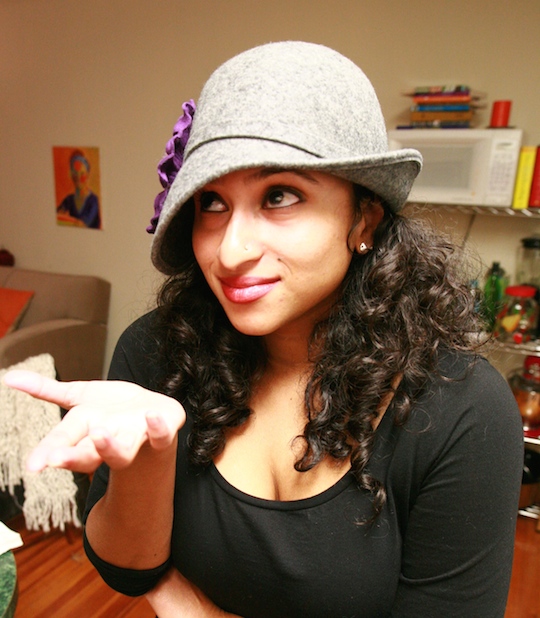
Tell me about the translation project with the 19th century Bengali poet? Why is s/he never named in all the interviews I’ve read?
I guess it’s a secret in part because sometimes I feel like we can talk through so many other things, and be so vocal about the ideas we have. But I like the mystery of ideas as they reveal themselves through the process of enacting them. Translation is an especially dope opportunity to wrestle with mystery and clarity.
And that’s one of the things, I feel like I’m not ready yet to talk about it—him. It’s a him. And I’m still also sorting through how much of his work I will translate, and if the project will include work by some other people.
You’re about to leave for a trip with a lover. What are you doing?
Making sure that I have my camera, and not his. Making sure I have my swimsuit. Making sure I have a book to read that I can’t find anywhere else.
It takes a village: pick 3+ writers to be your parents.
Jean Valentine. Naomi Shihab-Nye. Tomas Tranströmer.
As a fellow Excel nerd, I want to know what color-codings you use in your literary submissions spreadsheet.
I use a different color for each row. So a row will contain the journal, the names of the poems or pieces I’m submitting, the date I submitted it, and eventually whether or not it was accepted. I might add “rejection with encouragement” as a note. And each row gets a different color so I can see each submission clearly. I do this by year, and so every year, I move onto a different submission document, so that way, the colors can repeat the next year. It’s based on Kundi-fam Oliver de la Paz’s submission system.
How lucky are you and why?
That’s a good question. I never thought about it before. Am I a lucky person? I don’t know how to define luck. What is it? Is luck being in the right place at the right time? Or is luck something absolutely external and unrelated to you and what you do? Does it depend on context? Do you have to believe in luck in order for it to exist?
Now that I’m having a total crisis meltdown about whether or not luck exists, I don’t know how to answer this question.
But I feel very lucky. Because I have really strong survival instincts. And because I’ve created a kind of life for myself where I get to spend long hours doing what I love to do, and that work connects me to really wonderful people who challenge my notions of everything, and sometimes, like with you, they become close friends.
A baby panda walks through the door wearing a cowboy hat and a sari. What does she say and why is she here?
She says, “Hey, y’all!”
She’s here to cause trouble. Because what else would a panda wearing a cowboy hat and a sari be doing?
